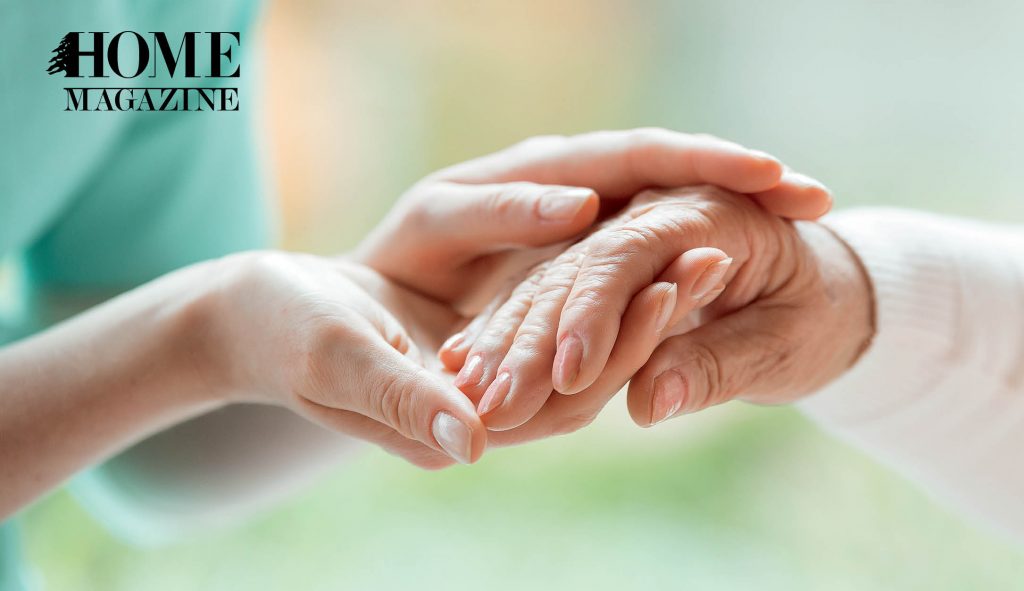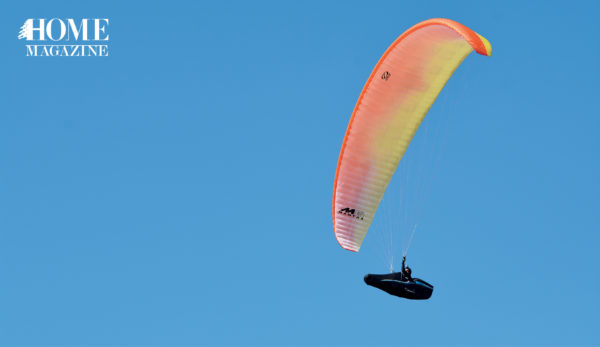Georgette, 83, never thought of the idea that she might be susceptible to falling. After all, she never really moved much and when she did, she used to calculate her steps carefully.
Two years ago, however, at midnight of a July evening, Georgette was taking her usual walk to the bathroom. But, she suddenly started feeling dizzy and before she could cling onto the door handle, she lost her balance and fell on the floor. Her daughters woke up to the sound of her crying on the bathroom floor, unable to move nor lift herself up.
After almost two years in bed, she was assigned to a physiotherapist who heavily advised her to be active again and helped her regain her strength through good exercise.
Prior to that incident, her neighbors always described her as a frail woman who was not active at all and used to sleep all day. Her only pastime consisted of having coffee with guests. Today, however, Georgette enjoys long walks daily around the neighborhood with her daughter.
The case of Georgette is just another run-of-the-mill story for the Lebanese population. As Lebanese people, unfortunately, the majority of us happen to know someone in a similar situation as Georgette.
This is not to say, though, that such incidents are only encountered in Lebanon. In fact, falls and fall-induced injuries in elderly have been – and still are – a worldwide health concern because they can result in long-term functional impairment and increased mortality.
In the United States, falls are the main reason for injury-related visits to emergency rooms. In fact, they are the primary cause of accidental deaths in persons 65 years of age and above. With aging, the mortality rate for falls increases significantly, regardless of sex, race or ethnicity, with more than 70 percent of people over the age of 75 dying accidentally because of a fall.
But what are the main causes for elderly falls?
According to physiotherapists, there are many reasons for such incidents.
1. Weak bones and structure: As people age, it is no surprise that their bones become weaker, and they become more prone to falling. In addition, studies have shown a positive correlation between caffeine and alcohol intake and higher risks of hip fractures because they decrease the absorption of calcium by the bones.
2. Imbalance: Whether it is because of the carpets and slippery floors at HOME or the uneven pathways and poor lighting on the streets, it is very easy for people to lose their balance and, eventually, end up falling.
3. Neurological diseases: Diseases such as Parkinson’s and Alzheimer’s, among others, can also lead to dizziness and imbalance, which in turn can seriously affect one’s potential to fall.
After a fall, many people have reported experiencing depression, anxiety, loss of independence and even social withdrawal.
So what can you do to stay on the safe side?
On the individual level:
These are some simple steps that you can follow to avoid (or at least mitigate) the problem:
Step 1: If there is one thing that we can learn from Georgette’s path to recovery, it is that one should always stay active. Whether you are taking long walks in the neighborhood or just wandering in the house, you are working on strengthening your bones, reducing your risk of falling and, thus, avoiding various fall-induced injuries.
Step 2: Limit your consumption of caffeine, alcohol, and certain medications (after having consulted your doctor, of course). Less intake of such substances can greatly enhance your bones’ absorption of calcium, a crucial component for strong, healthy bones.
Step 3: If you happen to know someone who is prone to falling and injuring themselves, work with them to help them understand their situation and to raise their alertness of this issue.
On the governmental level:
In contrast, the government should also start to take action.
Step 1: The Lebanese Government should work on fixing all its uneven streets. This not only helps the elderly, but the entire Lebanese population as well. It should also work on building specific pathways that are elder-friendly.
Step 2: The Lebanese Government should start investing in health promotion programs to shed light on the issue and spread the message of its causes, effects, and consequences. In addition, it must work on training healthcare providers and experts to raise awareness of how to prevent and treat such falls.
Many countries around the world, such as the United States, the United Kingdom, Germany and others have implemented several health promotion programs for elderly to prevent falls and reduce fall-induced injuries. These include increasing activity levels among older adults, providing them with a well-balanced diet, and even working on improving their aquatic fitness.
It remains to be seen if Lebanon will follow suit soon enough.
Until then, however, don’t forget to stay active!
For more info:
https://mainehealth.org/healthy-communities/healthy-aging/matter-of-balance
http://www.activeliving.info/
http://www.aeawave.com/


































 by
by